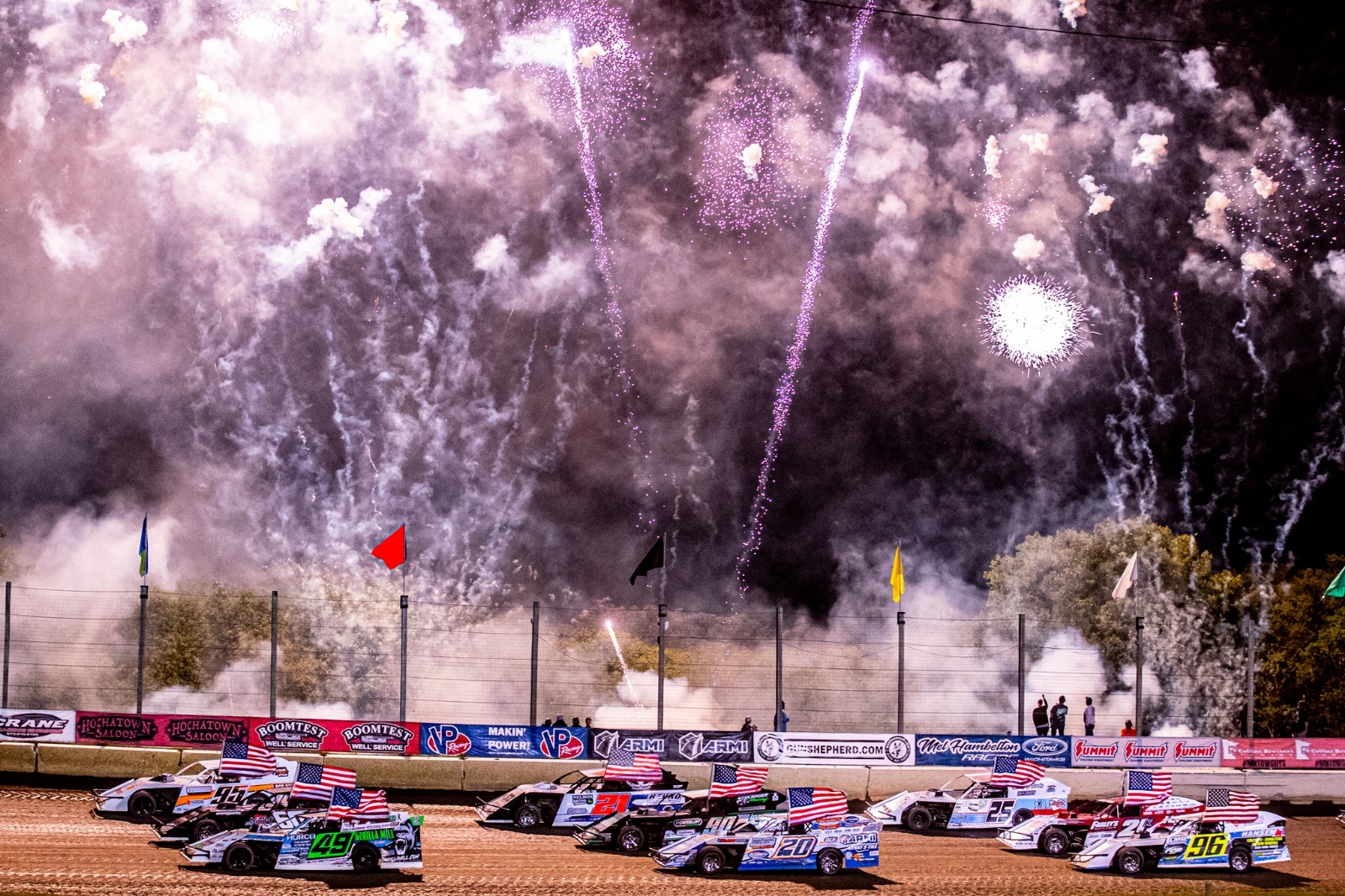How to Choose the Best Head and Neck Restraint System for Your Racecar
Head and neck restraints became mandatory safety equipment at the highest levels of professional racing in the early 2000s. What began with HANS Performance’s HANS Device has grown to several manufacturers offering a large selection of high-quality head and neck restraints that meet or exceed the specifications established by the SFI 38.1 safety standard.
Summit Racing carries head and neck restraints from several trusted manufacturers, including NecksGen, Simpson, Z-Tech, Keyser, Impact, Schroth, and of course, HANS.
This video will help you choose a head and neck restraint that will suit your needs and keep you safe.
Each brand offers head and neck restraints in various styles and materials. The various configurations can affect how the system is mounted to the driver or vehicle, and how the restraint is tethered to a driver’s racing helmet.
The weight of the head and neck restraint can potentially impact both vehicle weight and driver comfort. Which takes us to sizing.
When choosing a head and neck restraint, you will need to consider the following three things:
1. Your neck size.
2. The angle of your racing seat.
3. Comfort.
Common neck sizes range from 11 inches on the low end, to 20 inches for larger drivers. You may fit several sizes. The size that feels the most comfortable is the one you should choose.
The angle of your racing seat is also an important factor. Both the size of the driver as well as the type of racing she or he is doing will determine how the seat is positioned. HANS, for example, separates their offerings into three categories based on seat angle: 0-10 degree angles, which are commonly used in Sprint cars; 20-degree angles, commonly used in Modified, FIA, stock car racing, as well as Sprints; and 30-degree angle seats, which are intended for racers weighing 200 pounds or more.
Lastly, you will choose an anchoring system that connects to your helmet. Most competition-approved helmets now come pre-drilled for connecting it to a head and neck restraint.
Modern head and neck restraint systems are built to last forever. They need to be re-certified every five years to maintain SFI 38.1 approval, and they must be replaced after a major accident, but otherwise, yours should last for many years.
Search for head and neck restraint systems:
summitracing.com/search/part-type/head-and-neck-restraint-systems


.png)
.jpg)
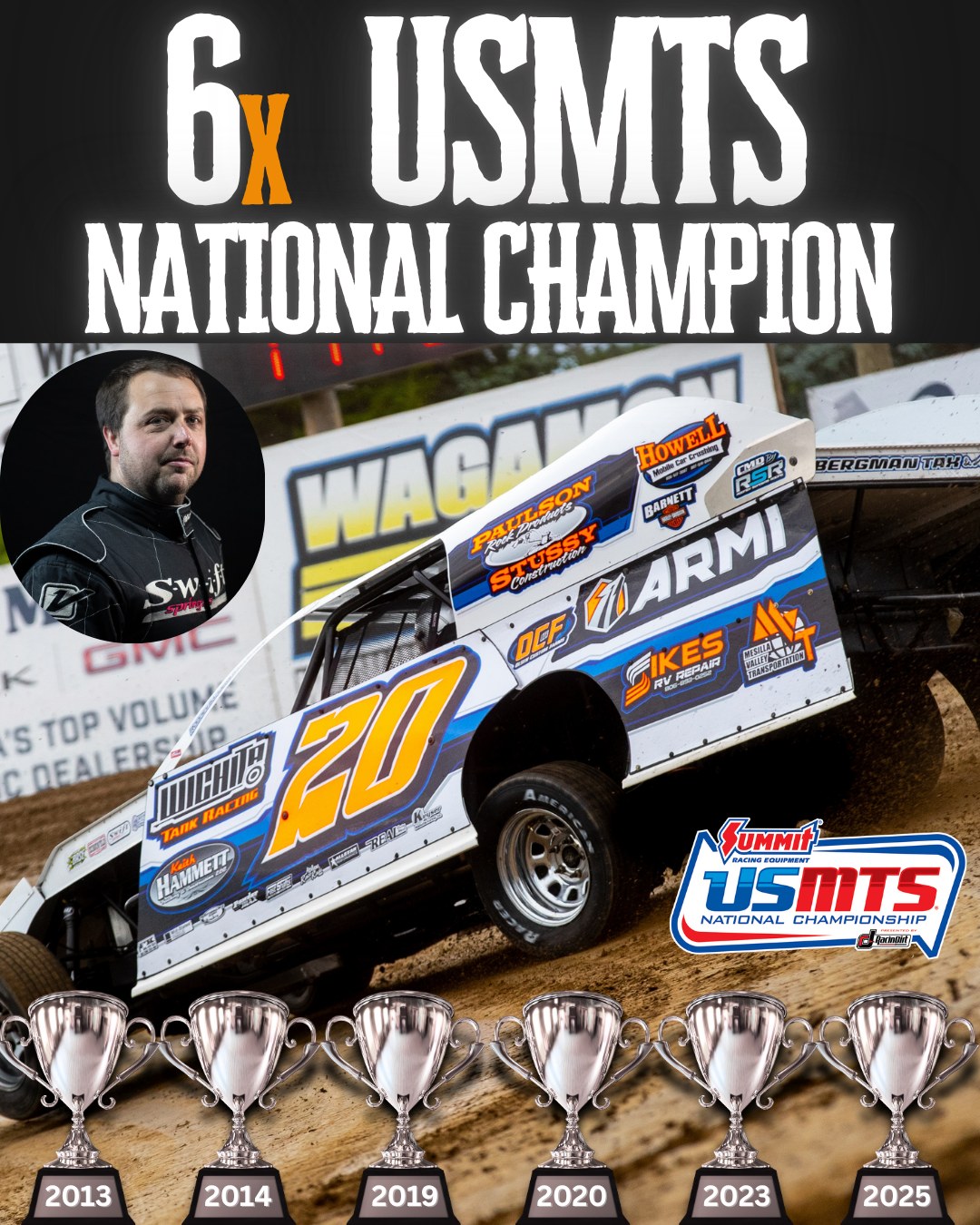
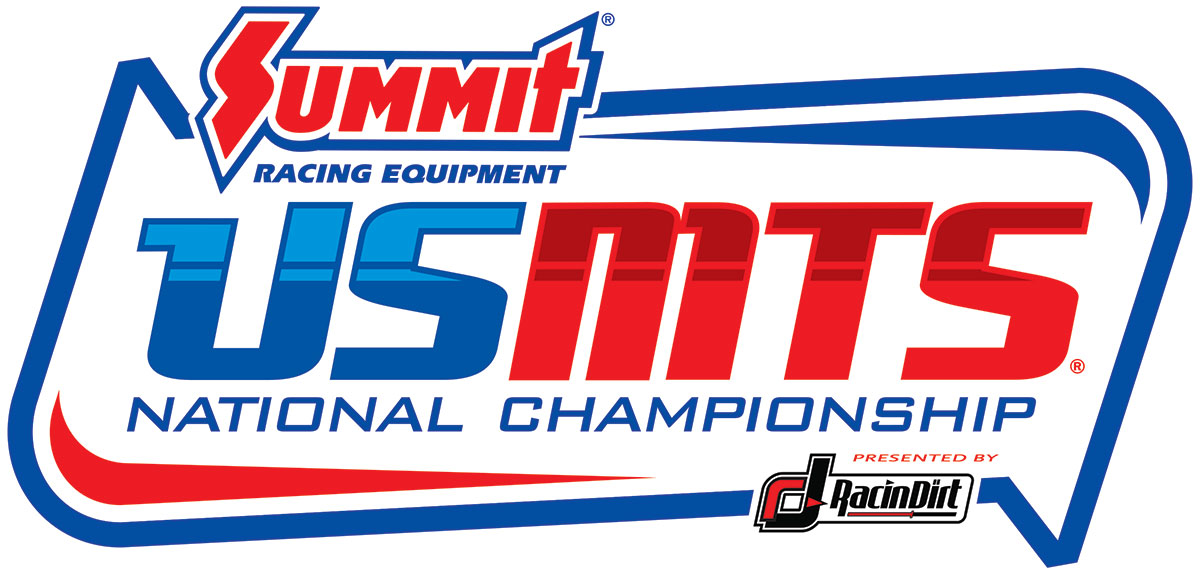
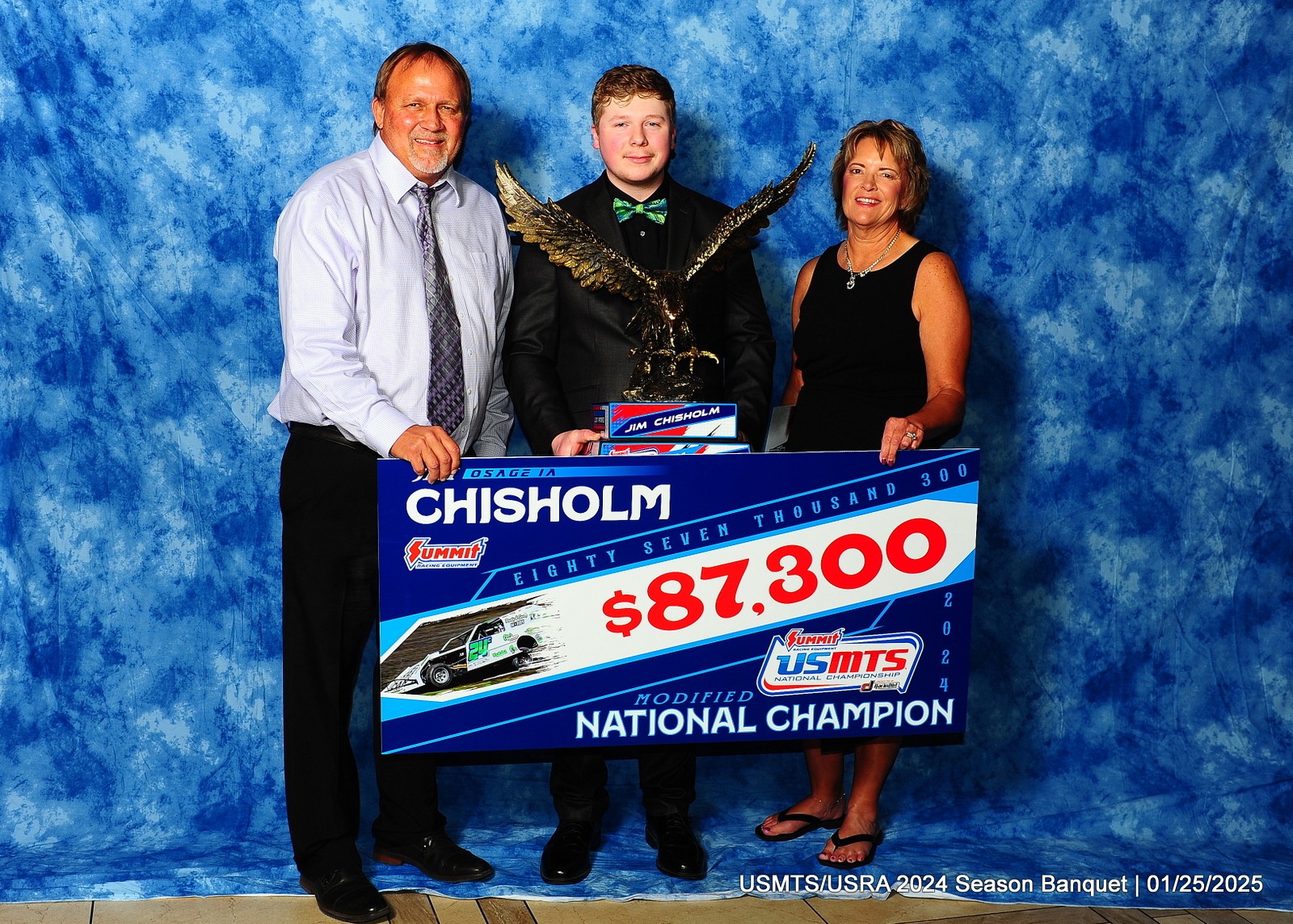
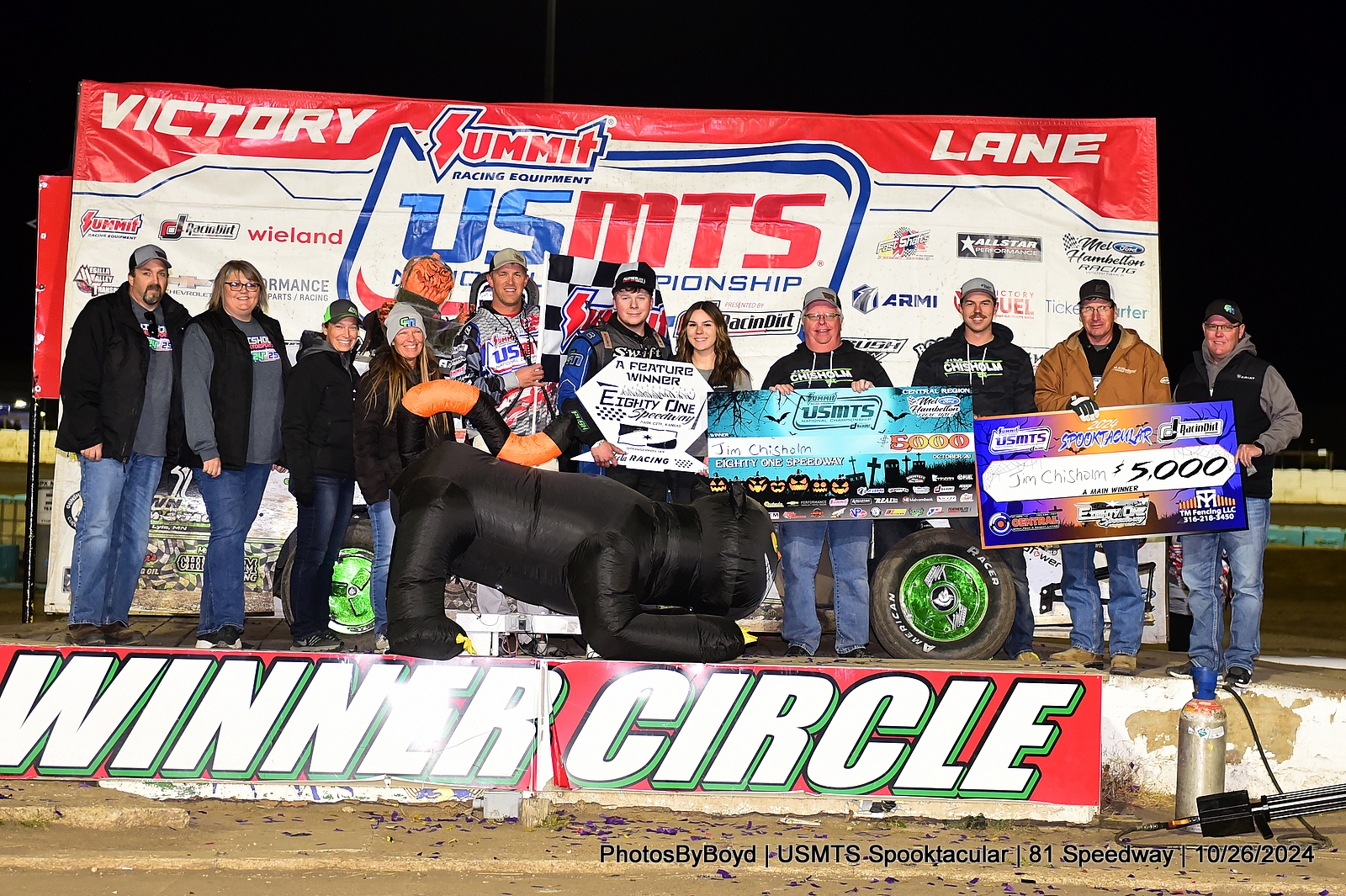
.jpg)
